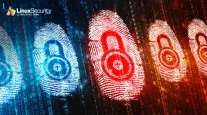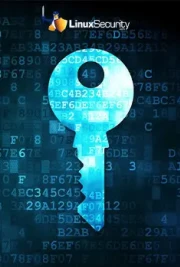SSH2, Part 1: Securing Your Telnet Session
Most of the utilities we use to log into servers these days like Telnet, FTP, and Email, send the login and password text unencrypted. Anyone who can intercept your network traffic will learn your logins. And if you login as root, your system will be owned. Its bad enough if youre on a wired network, as anyone who has worked next to Kevin Rose will attest, but the risk is multiplied 1000 fold on a wireless network. And idiot can capture Wi-Fi traffic, even if WEP encryption is turned on. The only truly secure way to use Wi-Fi is to encrypt the traffic end to end using a good scheme like VPN or SSH! . . .















